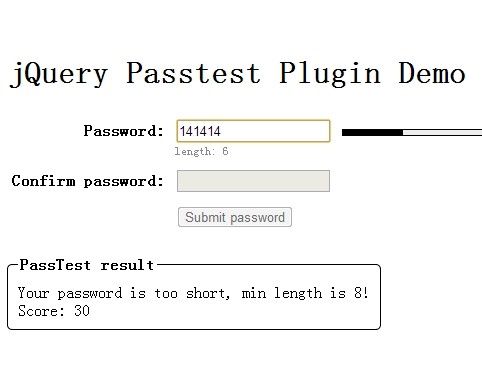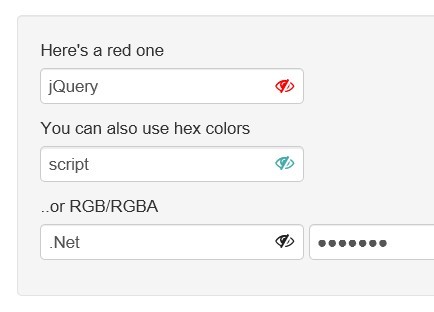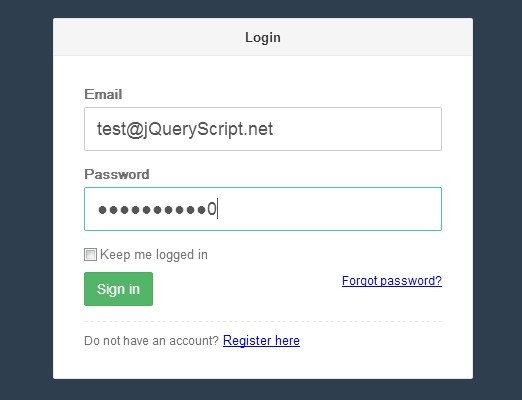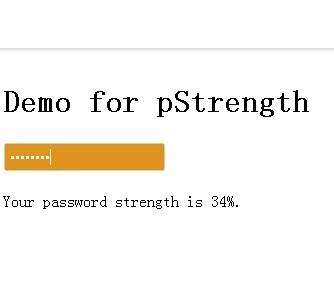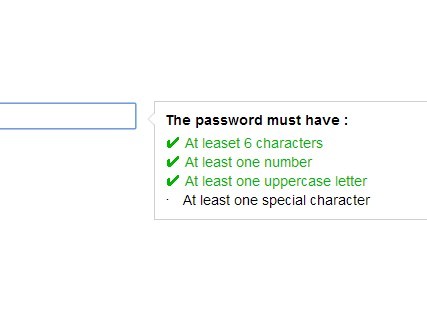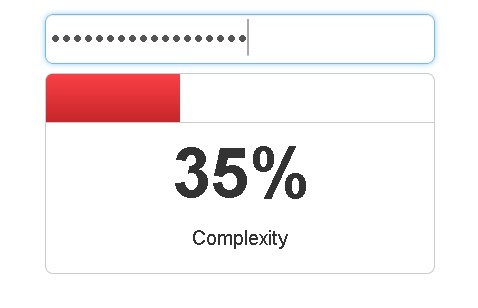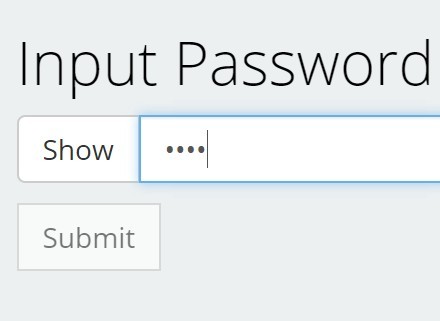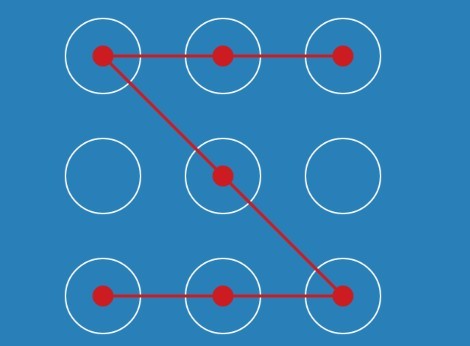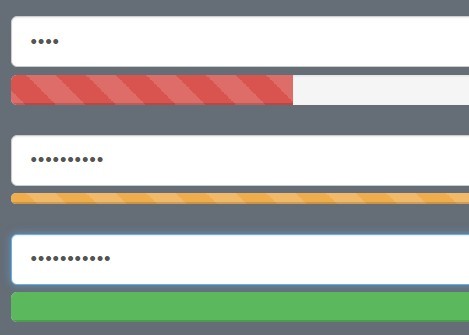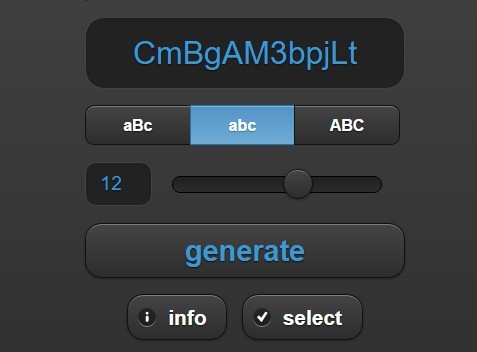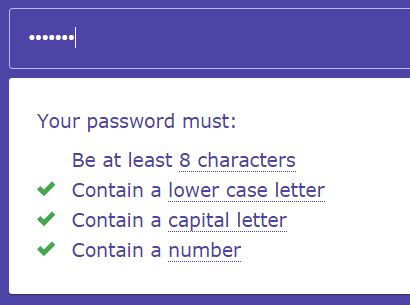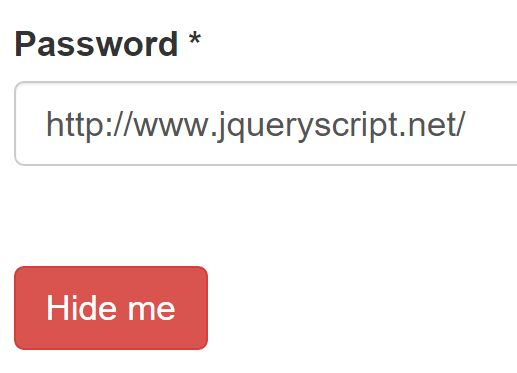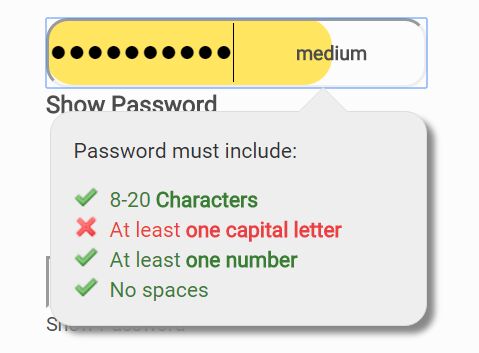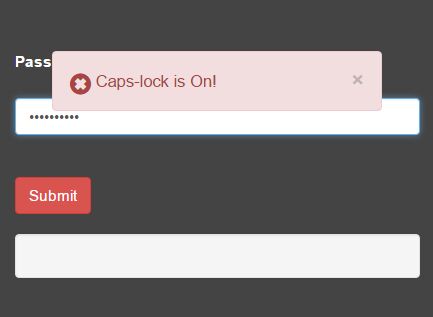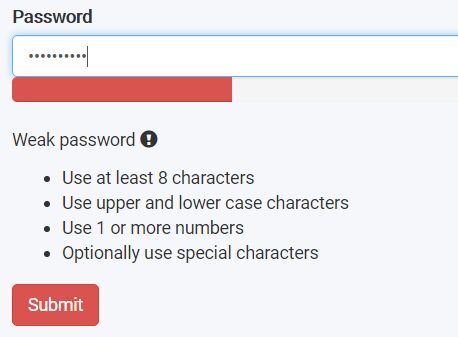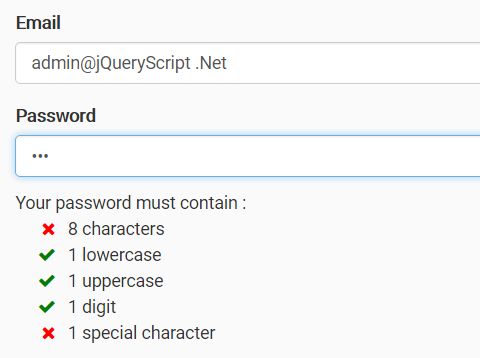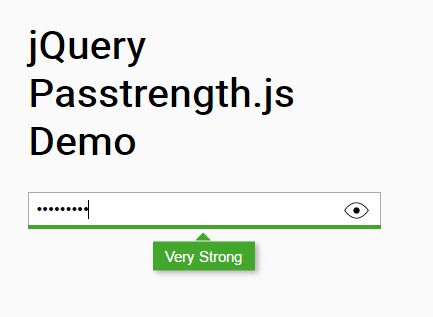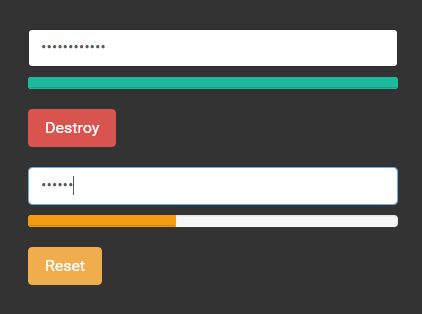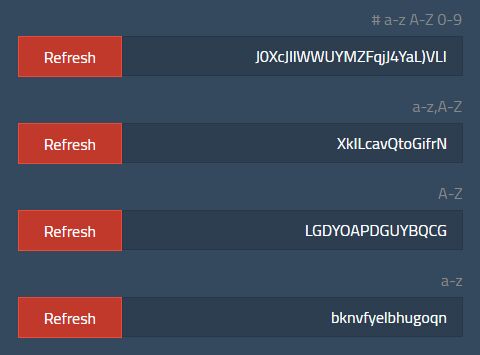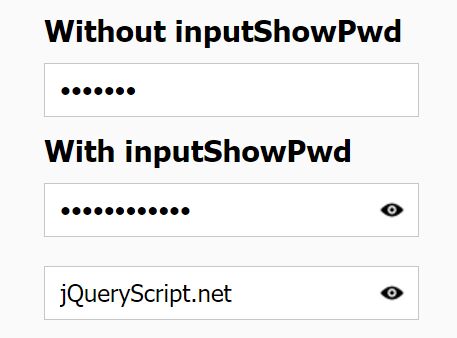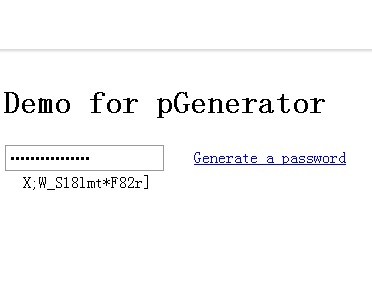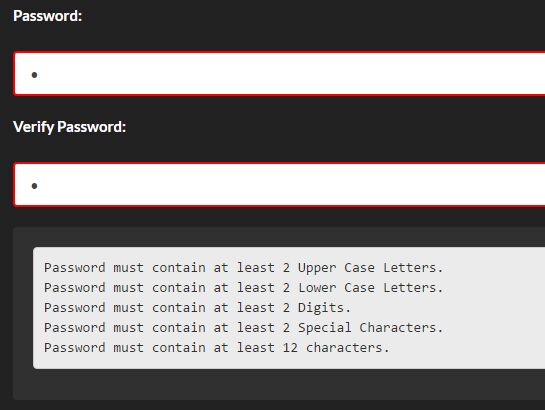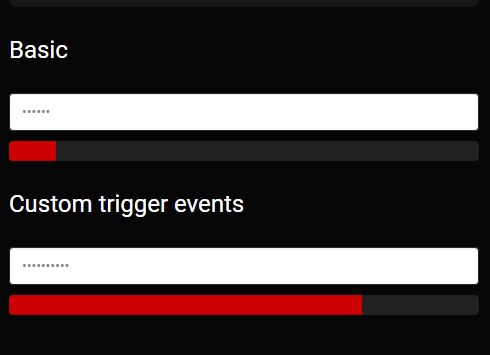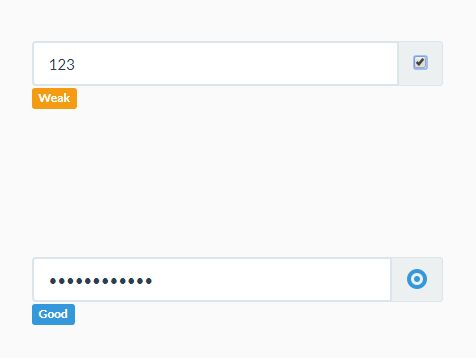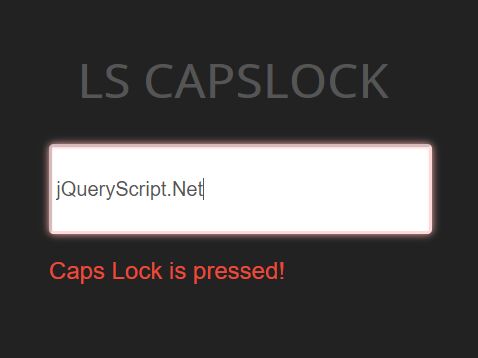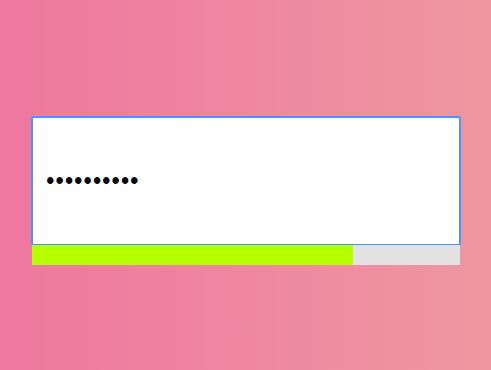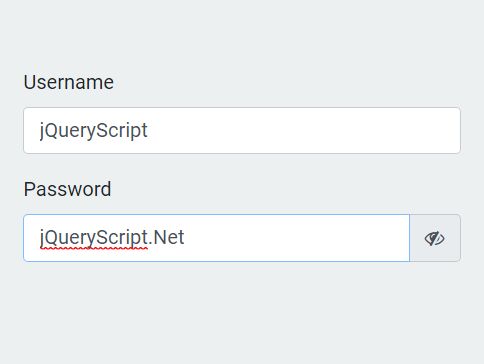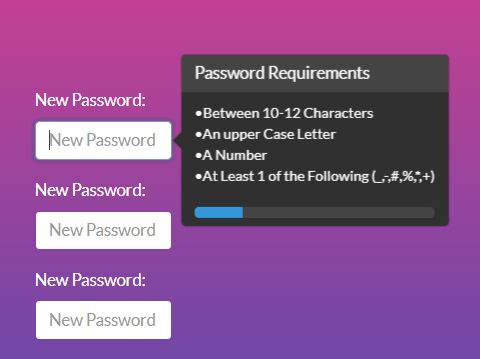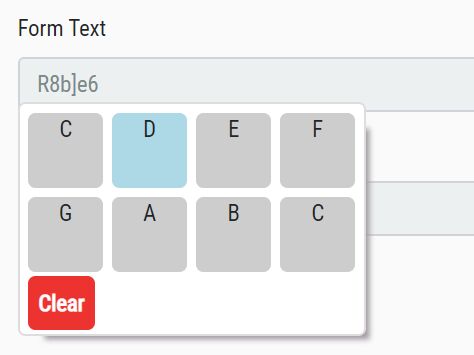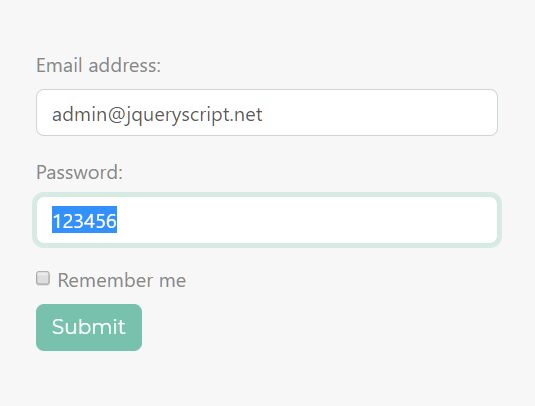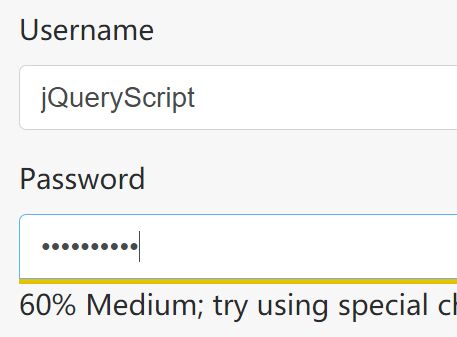pattern-lock-js
A passcode mechanism built with scalable vector graphics (SVG) and javascript for modern web application with mobile and tablet support
Demo
Install
Install using npm:
npm i pattern-lock-js --save ... or install using yarn:
yarn add pattern-lock-js Getting started
Import dependecies:
<script src="jquery.js" charset="utf-8"></script>Import the module:
<link rel="stylesheet" href="patternlock.min.css"> <script src="patternlock.min.js" charset="utf-8"></script>Design your desired svg pattern (or use the default one below). Your svg graphics must as a minimum have the patternlock class and three groups <g> with the classes lock-actives, lock-lines and lock-dots
<svg class="patternlock" id="lock" viewBox="0 0 100 100" xmlns="http://www.w3.org/2000/svg"> <g class="lock-actives"></g> <g class="lock-lines"></g> <g class="lock-dots"> <circle cx="20" cy="20" r="2"/> <circle cx="50" cy="20" r="2"/> <circle cx="80" cy="20" r="2"/> <circle cx="20" cy="50" r="2"/> <circle cx="50" cy="50" r="2"/> <circle cx="80" cy="50" r="2"/> <circle cx="20" cy="80" r="2"/> <circle cx="50" cy="80" r="2"/> <circle cx="80" cy="80" r="2"/> </g> </svg>Initialise the component
var lock = new PatternLock("#lock", { onPattern: function(pattern) { // Context is the pattern lock instance console.log(pattern) } });Options
The returned object from new PatternLock(...) has the following utility functions:
clear()Clears the current patternsuccess()Validates the pattern as correcterror()Validates the pattern as incorrectgetPattern()Returnes the currently active pattern orNaN
The pattern lock constructor accepts a second argument - an object literal with the following properties:
onPattern: functionCalled when a pattern is drawn with the pattern as argument. Returning true/false validates/invalidates the pattern - the same as callingsuccess()anderror(). The context is set to the pattern lock instance itself.vibrate: booleanDefines if there should be vibrations while using the PatternLock (if available). Default:true

